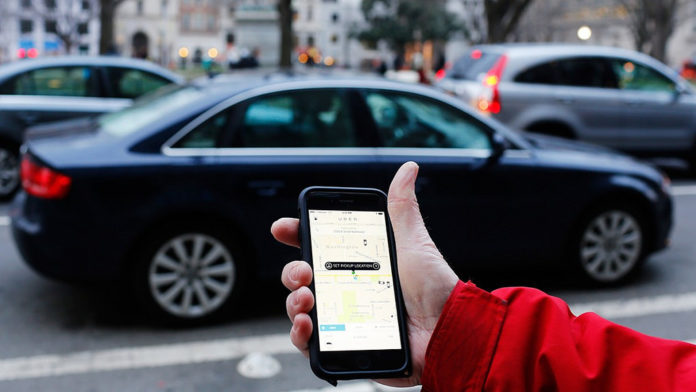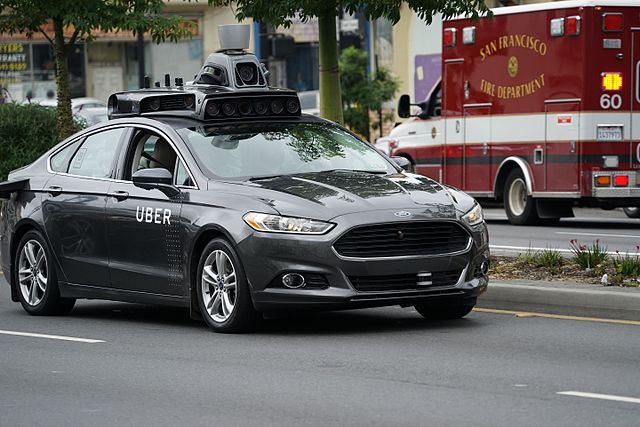A Tragic Incident
Widespread use of self-driving cars is a thing of the future, but not the distant future. Driver-less cars probably won’t replace human-operated vehicles for many years, but the technology is getting better every day. Unfortunately, the industry experienced a tragic setback last March when an Uber autonomous vehicle struck and killed a pedestrian, considering the individual in its path as a “false positive”.

Video Evidence
A video released by the Tempe Police Department in Arizona shows both an interior and exterior view of the crash. The human behind the driver seat could have been more attentive, but to what degree human intervention would have prevented the accident is a matter of debate. It appears the pedestrian (crossing with their bike) was not aware of a vehicle traveling towards them (at 38 mph). Could a human operator have made the difference? It’s tough to say.
Testing Resumes
Just this month, Uber announced that its resuming self-driving car testing in Pennsylvania. The company must coordinate with authorities to proceed with their testing and continues to man their vehicles with human beings. Reuters reports that “The NTSB said Uber had disabled an emergency braking system in the modified Volvo test vehicle. Uber said the Volvo automatic emergency braking system will [now] be activated at all times.” It’s important to note that Uber’s crash last March was the first to result in a pedestrian fatality.

Some Restrictions
In addition to the testing on a one-mile loop in Pittsburgh, Uber will be conducting manual driven tests of their self-driving cars in Toronto and San Francisco. Manually driven tests help Uber collect data for their artificial intelligence system. Even though the Pennsylvania Department of Transportation has approved Uber’s self-driving testing, they will not be able to operate at night, in wet conditions, or above 25 mph.
